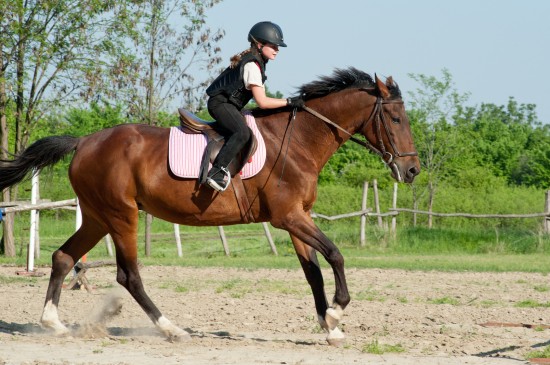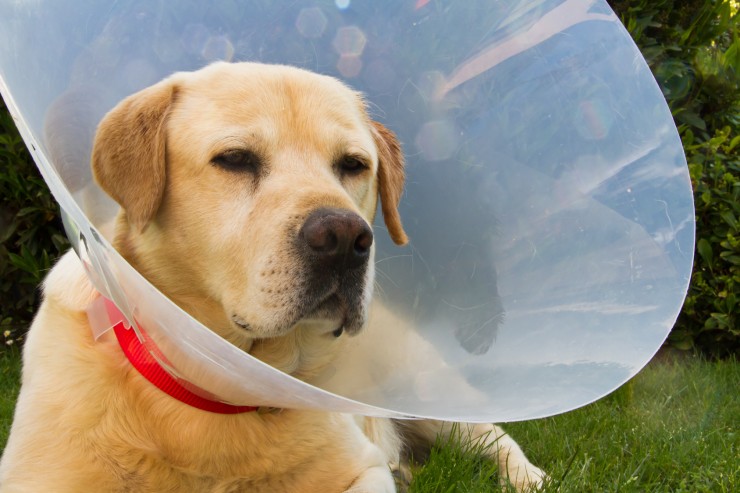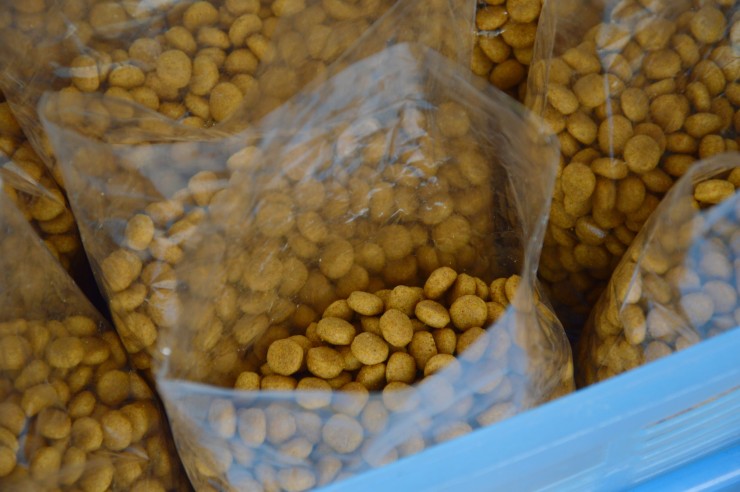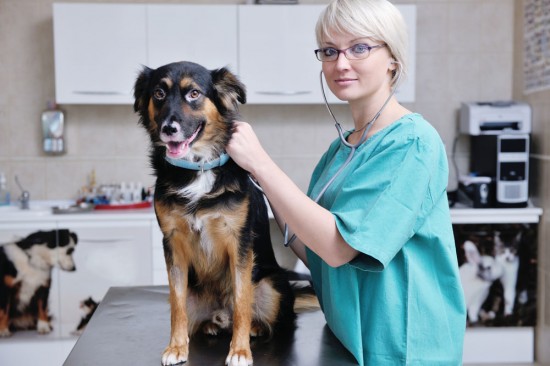

Looking after a horse is a huge responsibility, not only do you have to make sure they are properly cared for, but depending on whether they are retired or not, you need to ensure they are regularly exercised too. There's a lot that goes into caring for these magnificent creatures so they are happy, and this includes making sure their tack is kept clean and in good condition, because even a dirty girth can lead to dreaded girth galls.
Girth galls develop when a dirty or ill fitting girth pinches a sensitive area just behind a horses' elbow but you also need to keep an eye out for saddle sores too which can appear on your horses' withers and on their backs under badly fitting saddles too. The galls and saddle sores develop when friction occurs between the girth or saddle and a horses' skin causing them a lot of unnecessary discomfort.
Obviously, you need to make sure the saddle you use on your horse has been correctly fitted, but galls can happen even when a saddle fits well. A sore can be caused by a build up of grease on the underside of the saddle, or it could be the saddle needs re-stuffing in which case you would need to take it along to a highly qualified saddler to have the work done properly.
When you remove the saddle or girth after exercising your horse, and notice a slight swelling or smallish lump where either have been sitting, the chances are this is the beginning of a gall. Not doing something about it straight away could result in a lot of discomfort for your horse and if left untreated, the swelling will turn into an open sore. At this stage the sore is pretty hard to treat, and until it is under control and healed, you may not be able to use your saddle or exercise your horse which will result in them losing condition.
You need to treat both girth galls and saddles sores as minor wounds which means you have to thoroughly clean the affected area and then apply a protective ointment. Two very effective creams are Ichthammol and Desitin. Once the sore has healed up, you can then harden the skin in the affected area by doing the following:
Until the sore has completely cleared up you should avoid girthing them up or using a saddle or roller on their backs because both will just make the condition worse. Bear in mind that a girth gall or saddle sore may take up to 3 weeks to clear up so you would need to organise lunging your horse with either just their bridles or a cavesson so they get the needed exercise and not lose too much condition during the healing process.
As with most things, prevention is much easier than cure when it comes to either girth galls or saddle sores. As such, there are certain things you need to do in order to avoid having to deal with either conditions in the first place. These are explained below:
Some horses are more prone to getting girth galls and saddle sores than others and this is mainly due to their conformation. If they have high withers, the pommel of the saddle might just rub on it causing a sore. Other conformation causes include the following:
Other reasons why a gall or sore might suddenly appear include the following:
Keeping your tack clean and a horse well groomed, goes a long way in preventing girth galls or saddle sores from developing in the first place. If your horse is prone to them, you might like to try them in a “balding” girth which is shaped like an hour glass and as such reduces the chances of rubbing behind their elbows. Once girthed up, it's a good idea to lift and stretch forward both front legs, one at a time which helps place the girth properly without it pinching any skin. If your horse still gets either a girth gall or saddle sore, you may have to consider changing their saddle and contact a reputable saddler to come and fit it for you.
 Dogs And Elizabethan Collars Versus The Alternatives
Dogs And Elizabet
Dogs And Elizabethan Collars Versus The Alternatives
Dogs And Elizabet
 Storing And Serving Your Dog’s Food - Seven Pitfalls To Avoid
Storing And Servi
Storing And Serving Your Dog’s Food - Seven Pitfalls To Avoid
Storing And Servi
 Yorkiepoo, Yorkapoo, Yoodle ... A Unique Mixed Breed Dog
Yorkiepoo, Yorkap
Yorkiepoo, Yorkapoo, Yoodle ... A Unique Mixed Breed Dog
Yorkiepoo, Yorkap
 Colitis In Dogs - Symptoms And Treatment
Colitis In Dogs -
Colitis In Dogs - Symptoms And Treatment
Colitis In Dogs -
 Plum Headed Parakeet
Plum Headed Parak
Plum Headed Parakeet
Plum Headed Parak
Copyright © 2005-2016 Pet Information All Rights Reserved
Contact us: www162date@outlook.com